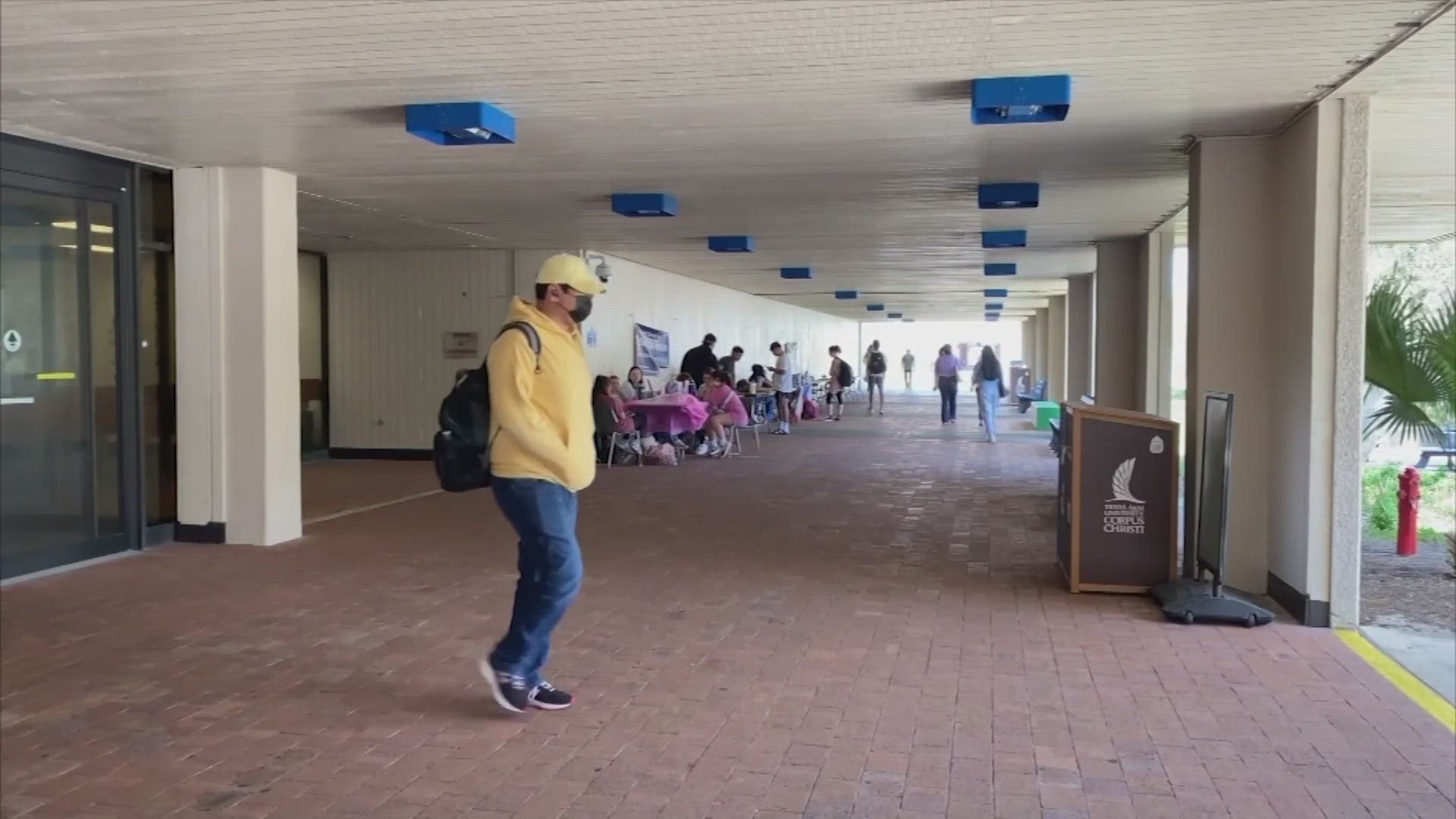HOUSTON — The pandemic-related pause on federal student loan payments is over, affecting 44 million borrowers.
Interest on student loans began accruing again Friday, Sept. 1, at the same rate they were before the freeze. Payments resume in October.
“I think it’s going to have a tremendous impact," TSU Distinguished Professor of Law James Douglas said.
The pause that began in March 2020 was extended several times, but Congress blocked President Biden from extending it again. The U.S. Supreme Court also struck down his forgiveness plan.
That's going to mean sticker shock for a lot of people who were counting on the Biden plan.
“Students are now graduating from college with, instead of $20,000-$30,000 in loans, they have $100,00-$200,000 in loans that they have to pay back," Douglas said.
He believes there needs to be a bigger conversation about the cost of higher education.
“So that we can produce the kind of education system that people won’t have to go terribly in debt in order to pursue a higher education experience," he said.
What is SAVE?
Some borrowers can apply for the new Saving on a Valuable Education plan or SAVE, which replaces the popular Revised Pay As You Earn or REPAYE plan. It’s for people who borrowed money for college, undergraduate and graduate school.
Eventually, borrowers will see monthly payments slashed from an average of 40 percent up to 83 percent. For a million borrowers, they won't have to make any monthly payments at all.
Here’s out it works. SAVE is an income-driven repayment (IDR) plan that bases monthly payments on your discretionary income, taking into account how much you make and how big your family is. A key element is income exemption. That's the amount of your income exempt from loan payments. It went from 150 percent of the poverty line to 225 percent under SAVE.
For example, a single person making $32,805 or a family of 4 making $67,500 per year is now exempt from any monthly payments. That's the $0 dollar payment group.
Those who do have to make debt payments will see at least a $1,000 reduction each year compared to their current REPAYE plan. Also, if you make your monthly payments, your loan balance won't grow because of unpaid interest. If you defaulted on your loan before this current payment pause, the default is wiped out too for a clean slate. You will be considered current in your payments and can enroll in SAVE or any other payment plan, but you have to sign up.
If you were in the REPAYE plan, now you'll automatically be moved over to SAVE.
As of Sept. 5, the Biden administration said more than 4 million borrowers had enrolled in the plan, including those automatically moved to SAVE. 345,000 of them are from the Lone Star State.
The government says it will take about a month to process new applications.
Avoid student loan scams
Many student loan debt relief companies charge a fee to provide services that you can take care of yourself for free by contacting your loan servicer. At no cost, the U.S. Department of Education and our federal loan servicers can help with the following:
Several websites offer help filling out the FAFSA® form for a fee. These sites are not affiliated with or endorsed by the U.S. Department of Education. The official FAFSA form is available from fafsa.gov.
Borrowers are advised not to pay for something they can get free from these sources:
The financial aid office at your college or the college(s) you’re thinking about attending
The FAFSA form’s online help page
If you are asked for your credit card information while filling out the FAFSA form online, you are not at the official government site. Remember, the FAFSA site address has .gov in it!

